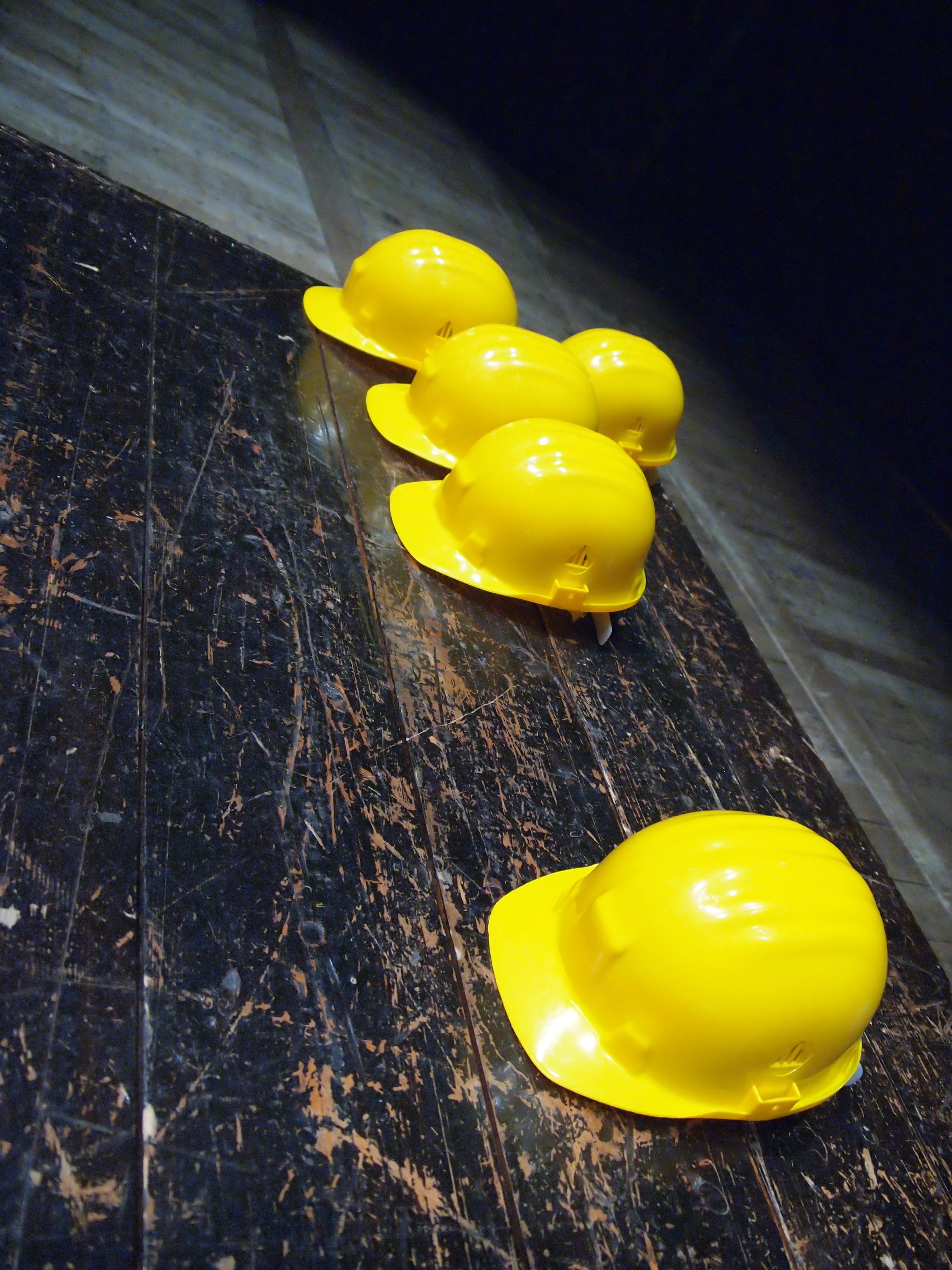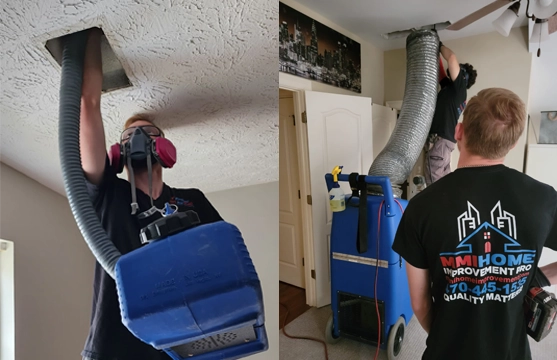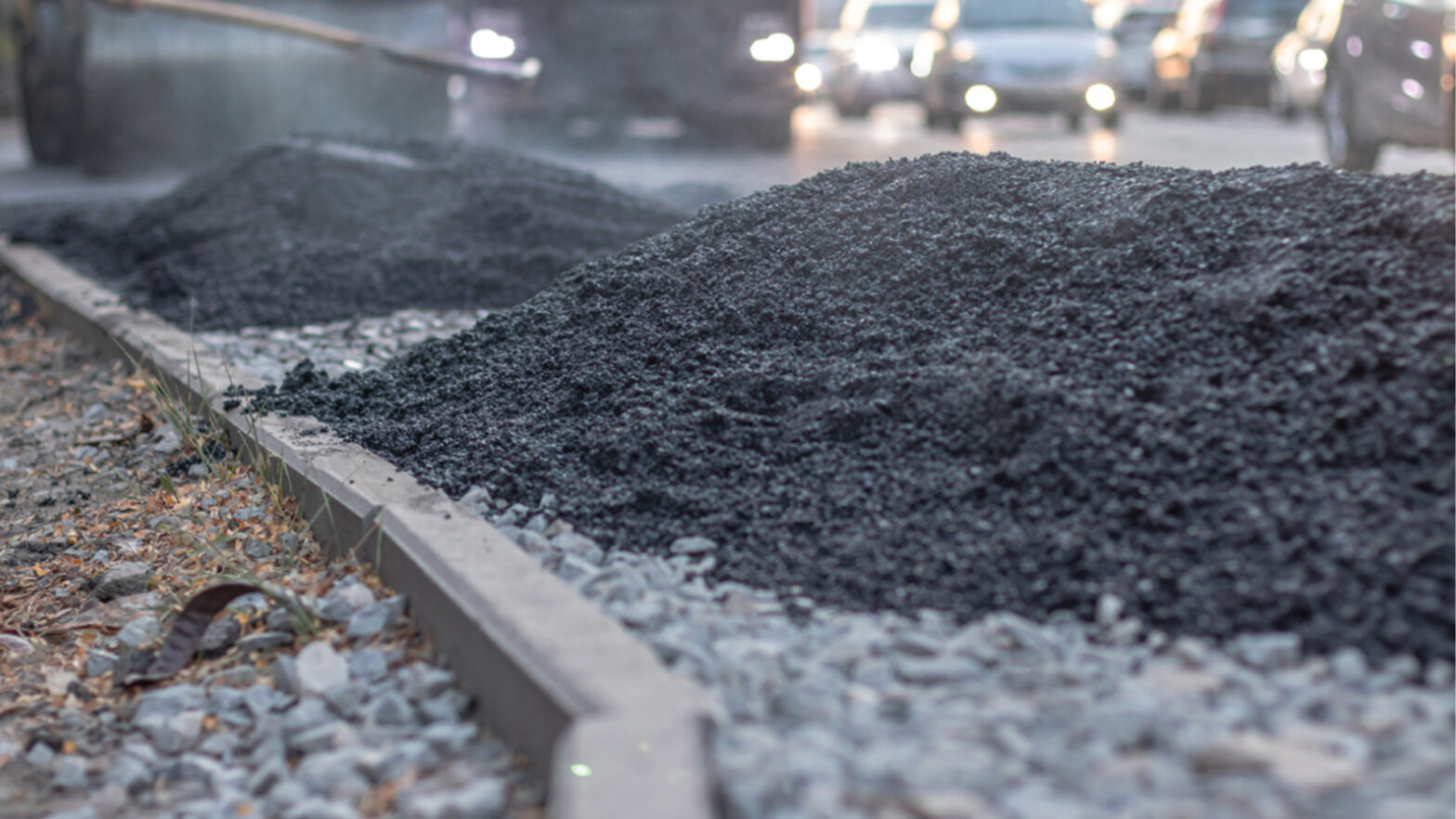How to Choose a Professional Restoration Company: A Homeowner’s Guide to Disaster Recovery
Natural disasters, water, fire, or severe weather can damage our homes at any moment. Time becomes critical in these situations. Professional restoration companies save your property from expensive replacements. Many homeowners try DIY solutions to save money. These economical solutions seem good at first but cause more damage and get pricey later.
Restoration companies offer emergency response and complete property restoration services. Their expertise includes water damage control, fire cleanup, and mold remediation. These professionals can rescue your irreplaceable family photos and heirlooms that might otherwise disappear forever.
This piece explains everything about selecting the right restoration company. You’ll learn about required qualifications and insurance claim processes. Your informed decision will help protect your property during challenging situations.
What Professional Restoration Companies Actually Do
When disaster strikes, restoring your property is more than just cleaning up the mess. Professional restoration companies follow a structured approach to ensure your home or business is safe, secure, and fully restored.
Their expertise goes beyond surface-level fixes, helping to prevent further damage and ensuring a smooth recovery process. Here’s what you can expect when working with restoration professionals.
Emergency response services
Professional restoration companies provide round-the-clock emergency services and respond to disasters any time. Their technicians usually arrive at your property within one to four hours after your call. Quick action at this stage can reduce overall damage and costs by a lot.
The emergency teams immediately:
- Make the property structure secure
- Shut off utilities to prevent more hazards
- Remove standing water with specialized equipment
- Start drying with industrial fans and dehumidifiers
- Cover openings with tarps or boards to prevent additional damage
Damage assessment and documentation
Restoration professionals give you a full picture of your property once they control the immediate threat. Their assessment does more than just identify needed repairs.
The team documents all damage through photographs and detailed notes. They look at damaged materials, check structural integrity, and spot potential health risks like contaminated water or mold. This documentation helps with insurance claims since the company often works directly with your insurance adjuster.
These experts can spot hidden damage that most people would miss, such as water trapped behind walls or smoke in ventilation systems.
Mitigation vs. restoration work
Homeowners need to understand the significant difference between mitigation and restoration during recovery.
Mitigation stops additional damage after a disaster. The team must complete this work within 24 hours to work properly. The work includes water removal, disinfection, structural securing, and debris cleanup. Your costs can multiply without proper mitigation.
Restoration repairs and rebuilds your property to its original condition. This phase takes longer—sometimes weeks or months—based on damage extent. The work includes replacing damaged materials, rebuilding structures, and bringing back your property’s look and function.
Many people think replacing damaged items is more economical than professional restoration. However, restoration companies can clean and save items at a fraction of replacement costs, especially valuable things like electronics, artwork, and furniture.
Essential Qualifications to Look For
Choosing the right restoration company is crucial to ensuring a smooth and successful recovery process. Not all companies have the same level of expertise, so it’s important to look for key qualifications that indicate reliability and professionalism.
From certifications to experience and proper insurance coverage, here’s what to check before hiring a restoration specialist.
Industry certifications and licenses
The Institute of Inspection Cleaning and Restoration Certification (IICRC) leads as the most respected authority in the restoration industry. IICRC-certified technicians show their expertise through intensive training in cleaning, inspection, and restoration. The Restoration Industry Association (RIA), which is the oldest professional trade association in the field, provides another respected credential.
These certifications matter most:
- Water Damage Restoration (WRT)
- Fire and Smoke Restoration (FSRT)
- Applied Structural Drying (ASD)
- Mold Remediation (MRC)
Most states require restoration contractors to have specific licenses. Some regions need general contractor licensing, especially when you have reconstruction work, while others demand environmental remediation licenses.
Experience with your specific disaster type
Each region faces different types of disasters. Companies in the Southeast excel at flood damage and mold remediation, while those in the West focus on fire recovery. Ask for proof of their experience with your situation, because techniques vary between water, fire, and mold restoration projects.
Insurance and liability coverage
You should never work with a restoration company that lacks proper insurance. They must have general liability insurance (typically $1,000,000 per occurrence and $2,000,000 combined) and workers’ compensation insurance. Professional liability insurance (also called Errors and Omissions) helps protect against claims about mistakes or negligence.
Response time guarantees
Recovery Time Objective (RTO) and Recovery Point Objective (RPO) show how fast a company can respond and fix problems. Top restoration companies guarantee response times, usually within 1-4 hours for emergencies. Quick response prevents secondary damage that could make repairs more expensive.
Note that restoration work affects your property’s safety and insurance claims process, so proper qualifications are essential.
Evaluating Company Reputation and Service
Finding qualified restoration companies is just the first step. The next vital part is checking their reputation and service quality. Research shows 91% of younger consumers trust online reviews just as much as personal recommendations.
You need to learn about a company’s track record before letting them handle your home’s recovery.
Reading and interpreting online reviews
Start your research by looking at reviews across multiple platforms like Google Business, Yelp, and industry-specific review sites. A critical approach works best here. People are three times more likely to write a review after a bad experience than a good one. This creates a natural bias in what you see.
These factors matter more than just star ratings:
- Review patterns: Do you see one-off complaints or the same issues coming up?
- Response handling: Companies should address negative feedback professionally
- Specificity: Reviews with service details are usually more trustworthy than vague praise
- Suspicious signs: Watch for reviews that sound too similar – they might be fake
Reviews about your type of disaster deserve extra attention. Fire damage restoration experiences can be quite different from water damage work.
Checking references from past clients
Reviews online are helpful, but direct references give you better insights about your specific needs. Each restoration company you’re thinking about should provide at least three references.
Talk to references who had work done that matches your needs. Open-ended questions work better than yes/no ones. Ask them about:
- How well the company stuck to timelines and communicated delays
- Their handling of budgets and extra costs
- Project cleanliness and safety measures
- The company’s approach to unexpected issues
- Whether they would use the company again
Companies usually give you their happiest customers as references. Try to get references from projects that match yours and were completed in the last year to get the most relevant feedback.
Looking at both online reviews and personal references gives you a full picture of how reliable a restoration company is before you make your choice.
Navigating Costs and Insurance Claims
The cost of property restoration can be overwhelming, and dealing with insurance claims only adds to the stress. Knowing how estimates are structured, working effectively with your insurance adjuster, and spotting potential pricing pitfalls can help you navigate the process with confidence.
Here’s what you need to keep in mind to avoid unexpected expenses and delays.
Understanding estimate breakdowns
A complete restoration estimate should itemize costs for materials, labor, permits, and projected timelines. The average residential restoration project costs around $5,250 for water damage mitigation, $18,900 for repairs, $10,500 for contents restoration, and $6,300 for mold remediation.
Restoration costs typically fall into two categories:
- Direct costs: Equipment, labor, and materials needed for physical repairs
- Indirect costs: Business interruption, temporary housing, and long-term effects
Small projects need a verbal quote to determine if costs will exceed your insurance deductible, which ranges between $250 and $1,000.
Working with your insurance adjuster
Document all damage with photos and detailed notes before filing your claim. Your adjuster will want to see:
- Complete inventory of damaged items
- Contractor estimates when possible
- Documentation of pre-disaster condition
Insurance companies often release multiple checks during the restoration process. The first check covers emergency services, followed by separate payments for repairs and contents. Most insurers start with Actual Cash Value (ACV) payments, which equal the full repair cost minus depreciation and your deductible.
Red flags in pricing and contracts
Watch out for these warning signs in restoration estimates:
- Unusually low bids that might indicate cut corners
- Large upfront payments beyond the standard 10-30% deposit
- Vague contract language lacking specific details about materials and labor
- Missing change order processes that could create disputes about extra costs
- Pressure to sign contracts quickly or “limited-time offers”
- Requests for you to pull permits instead of the contractor handling them
The policyholder remains responsible for payment, whatever the insurance coverage. Understanding your policy limits and restoration estimates is vital before you authorize any work.
Conclusion
Choosing the right restoration company is one of the most important decisions you’ll make after a disaster. A reliable, experienced team can mean the difference between a smooth recovery and months of frustration.
By understanding the qualifications to look for, researching company reputations, and being prepared for the insurance claims process, you can protect your home and finances. When disaster strikes, being informed gives you the power to rebuild with confidence.


































